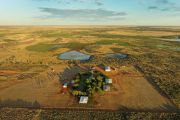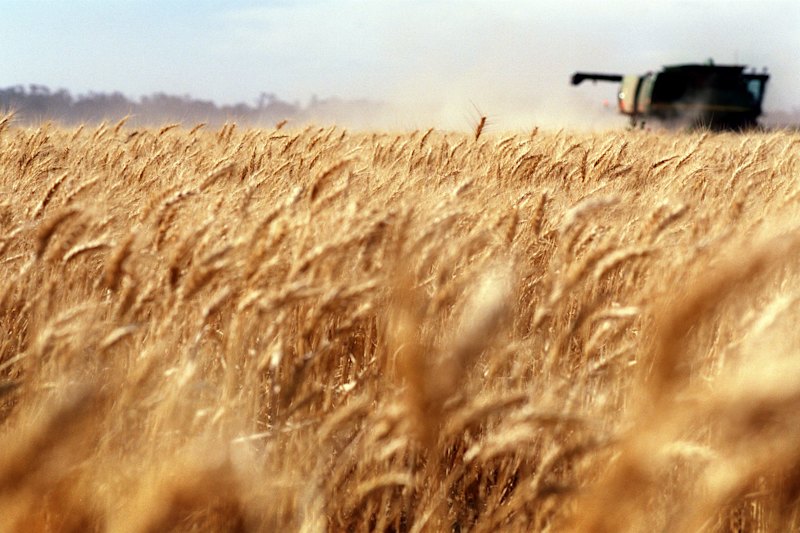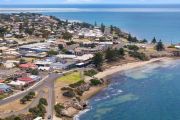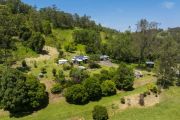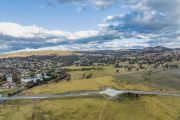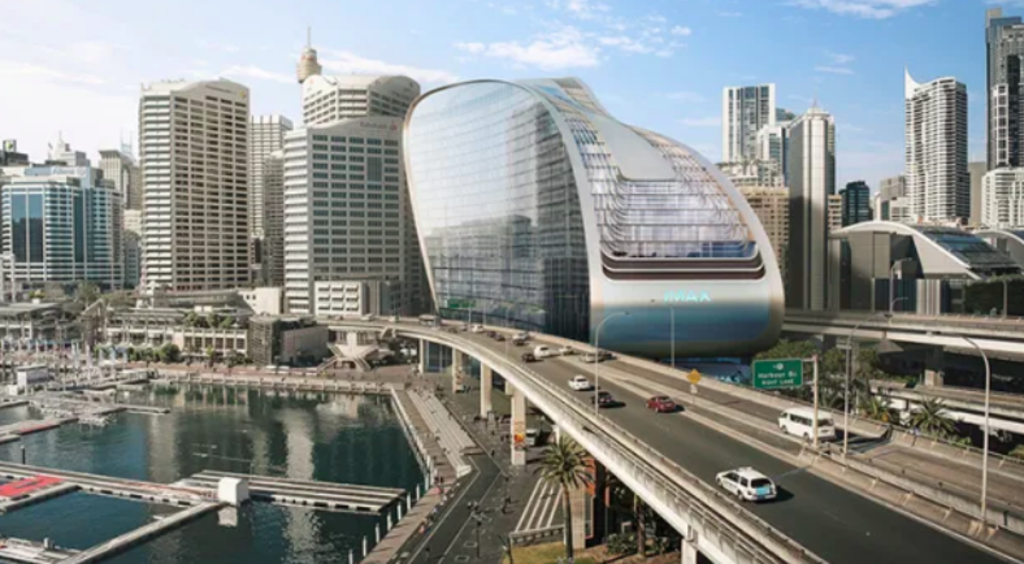
Hotel construction boom to put pressure on recovery
A record number of new hotels under construction – many of them due to open over the next 12 months – will make it harder for hotel owners to lift occupancies and daily rates as the sector tries to recovery from the crippling impacts of the pandemic.
JLL’s Hotel Development Register shows there are 61 hotels and 13,300 hotel rooms currently under construction across the capital city, key city fringe and major regional markets.
Of these, 23 hotels and 5262 rooms – almost 40 per cent of the national total – are in the Melbourne CBD and city fringe with most of them due to open in the next 12 months, including W, Ritz-Carlton and Shangri-La hotels.
In Sydney, 13 hotels are under construction, comprising a total of 2,392 rooms in the CBD and 492 rooms in key fringe markets. Seven of these are due to open by June next year.
The Gold Coast has almost 1600 rooms under construction ahead of Adelaide (966), Brisbane (933), Perth (605), Hobart (491) and Cairns (311).
“The Australian hotel market currently has the most active new supply pipeline in history with over 60 hotels under construction across the country,” said Peter Harper, managing director at JLL Hotels & Hospitality Group.
Mr Harper said there were two schools of thought as to how this would play out.
“Some believe it will take longer than [the typical two to] three years [for new hotels to establish themselves in the market] as returning travellers will stick with the hotels they know and trust.
“Others believe that for the first time ever, new hotels are starting in the same position as established hotels and being an attractive brand-new offering, they have the ability to meet and exceed market level performances more quickly,” he said.
In the case of Melbourne, where hotels are again suffering under a second lockdown, Mr Harper said the city’s new supply pipeline would present some additional challenges for the market’s recovery out of COVID-19.
“This will take a while to work through,” he said.
However, Mr Harper said there was a “silver lining” over the medium to long term for Melbourne with the entry of global brands to improve the overall product offering and drive higher average daily rates across the market.
The addition of new supply in Sydney – the majority of which will come online by the end of 2021 including Marriott’s W Sydney at Darling Harbour- will also place added pressure on its recovery, said JLL Hotels’ Andrew Langsford.
“However, these additions will reinvigorate the Sydney hotel market and should lift average daily rate, particularly once international travel returns in earnest to Australia’s gateway city,” he said.
Hobart and Adelaide are also expected to come under pressure from new hotel openings while Canberra, Perth and the Gold Coast are better placed to absorb new supply and recover more quickly, JLL said.
Also tracking new hotel supply, research firm STR counted 20,000 hotel rooms under construction nationally and 31,500 in total due to open between now and 2022.
This compared with just over 10,500 rooms that opened in the GFC recovery years between 2007 and 2009
STR’s Pacific regional manager Matthew Burke said supply was going to have a “massive impact” on the post COVID-19 recovery, especially in the cities, where the bulk of new hotel rooms will open.
“Over time we are going to see demand continue to grow as markets recover. But we are not necessarily going to see occupancy recover at the same pace. whereas previously with limited new supply, we did see that happen,” he said.
Given the market level is so low (occupancy rates are at 30 per cent in the major cities), Mr Burke said new hotels could reach market performance a lot faster than normal.
“Arguably with a flashy new product, if its in the right location and delivers good service, a new hotel may end up beating the market quite quickly because everyone is starting from an almost standing start.”

